SEO For Ecommerce Websites: Tips For Every Business Stage

Most likely, you saw numerous guides on SEO for ecommerce websites. Most likely, they look like rocket science for you. All new product and category pages in your online store should be SEO optimized according to these rules and guides – so stay tuned! You can’t leave this area unattended, but believe us, you can easily optimize your ecommerce website with your bare hands!
In this article, we will explain difficult things in simple words so that you won’t struggle with ecommerce search engine optimization anymore.
Why is SEO important for your ecommerce website?

SEO, or search engine optimization, is vital for an ecommerce business. The key to the success of your store is the customers: the more visitors you attract to the site, the more purchases they will make, and the bigger profit you will get.
So, the question is, how can Internet users locate your online store?
And that’s exactly when SEO comes to play.
Obviously, you can spread the word about your store through social networks. Facebook and Instagram work wonders – you can learn about it from our own experience and from the success stories of our clients.
But still, what do you do when you need to find something online? You look it up in Google! You look through several search results that are shown first, and you rarely even go to the second page, much less the third and further pages.
Therefore, as a store owner, you need to put your website as high on the search engine results page as possible. What can you do to make it happen?
SEO for ecommerce websites at the preparatory stage

Ideally, your SEO efforts should start the exact moment you decided to launch an ecommerce business.
We’re talking about the niche choice now.
As you probably remember, we have already covered this aspect before. In short, you need to make sure that the niche itself will be good for SEO. It is one of the most important aspects of choosing a niche for an ecommerce business because it lays at the foundation of everything you will do further.
If the niche itself has limited potential in terms of SEO, you will have a really hard time trying to make your store popular. So research our guide on SEO for ecommerce websites carefully before picking a niche!
Technical SEO checklist for the preparatory stage
- Pick and buy a domain name that is related to your store niche. Make sure that your store name is not similar to an already existing brand.
- Make sure your website has an SSL Certificate and you’re using high-quality hosting from a trusted provider. If your store is powered by AliDropship hosting, you’ve got it covered already!
- Check if your website has robots.txt and sitemap.xml. If it doesn’t, generate these elements with the help of the plugin (Google XML Sitemaps) or manually.
- Pick a reliable CMS (content management system) and a proper store theme optimized for both desktop and mobile devices. The store theme will define the website working speed, and therefore, user experience and your store position on Google. For your convenience, all AliDropship themes are mobile-friendly and user-oriented, which makes them a great choice for dropshipping store owners. If you need to check the speed of a ready website, feel free to use the PageSpeed Insights service.
- Add your store to Google Analytics and Google Search Console to track visitors, see how much time they spend on your website, figure out errors, monitor clicks/impressions, and more.
- Make sure that while your website is under development, it’s not available for search engines indexing. To do this on WordPress, you simply need to put a tick here: Settings->Reading->Search Engine Visibility. Don’t forget to remove it to make your store visible to search engines when it’s ready!
- Check what your 404 page looks like.
Ecommerce SEO at the development stage of your website

Similarly, you need to start thinking about ecommerce SEO at the very first stages of designing and developing your website.
The reason is, the better your website is structured and organized, the easier it is for search engines to scan it. If you put your category pages and product pages too far away from the home page, it will:
- Disorient search engines – they won’t be able to reach and scan these well-hidden pages, so you won’t get as high rankings as you could have;
- Make your store visitors frustrated – normally, it should take clients not more than 3 clicks to reach any product page from the main page.
It means that the first step in developing your future dropshipping store is thinking out its structure. Your ecommerce website needs to be organized logically, clearly and quite simply. And to achieve that, you need to start with choosing the most relevant keywords.
SEO for ecommerce websites: choosing keywords
Why would you need to start with keywords?
Well, because you will use them to create and name product categories.
Most likely, you already have one or two most relevant keywords at this point – you generated them while you evaluated the SEO potential of your niche.
Obviously, 1-2 keywords are not enough. You will need much more of them to:
- Make a logical structure for your ecommerce site
- Select products and product categories that are the most favorable for SEO
- Pick good names for every category
So where can you get enough ideas for keywords?
- Go to Wikipedia. Quite surprisingly, it is possible to find something interesting there for some types of products. For example, let’s say you are going to sell pearls jewelry and decorations. What does Wikipedia say about that?
As you can see, you can pick at least 5 keywords from the Contents section alone: freshwater pearls, saltwater pearls, natural pearls, cultured pearls, and imitation pearls. A great start!
Of course, it won’t work with each and every niche or product. Still, check it quickly at the beginning of your search to be 100% sure you didn’t miss anything.
- Use the Google Autocomplete function. For example, you want to sell items made of wool – great idea! Let’s see what we can get from the search engine:
As you can see, Google can show you some really nice ideas – maybe you didn’t even think about them at first! If they are shown automatically, it means that people search them quite often, and that’s exactly what you need.
- Use Related search and People also ask fields. Again, let’s take the wool as an example:
It is clear from this example that people who search “100% wool” are also looking specifically for wool yarn, wool fabrics, etc. Therefore, this is how you can narrow down your keywords choice and make them more specific.
- Use the AliExpress auto-complete function. If you’re going to use AliExpress to select suppliers for your store, it is logical to check what kinds of items are offered there. Plus, it will give you a range of ideas about keywords:
- Use Google Keyword Planner to get more ideas AND evaluate if they have enough potential:
You will see how often people look for this or that keyword:
Don’t limit yourself only to keywords that have the biggest amount of searches! Keywords with medium and low frequency can be a good addition because they are less competitive. Also, they are more specific: it means that they can bring you more relevant visitors who were looking EXACTLY for this words combination. Therefore, the conversion rate will be higher.
Most of such keywords are the so-called long-tail keywords. They consist of more words and are more specific than general search queries. For example, “Buy coffee machine filters online” is a good example of a long-tail keyword. It will hardly attract a lot of visitors to your website. But on the other hand, such visitors will be much more motivated to buy the product.
SEO for ecommerce websites: site architecture
Okay, now you have several keywords that are relevant and interesting for your potential buyers. Great! Now it’s time to get to the site architecture.
(Please note that you need to research this part only if you are making your own store yourself. In case you are going to get a ready ecommerce store, you don’t even have to worry about it – everything will be done professionally by qualified specialists).
Generally speaking, when you deal with site architecture, you need to make it as plain and clear as possible. If your site structure is good enough, it will be easy for search engines to access and index the content, which means you will get higher rankings.
What is also important, an understandable site structure is valuable for your clients. And Google takes this into account when it ranks websites! Google analyzes the behavior of the people who visit your site. If your visitors don’t stay long in your online store, and if they don’t want to click any store links to learn more about your offers, Google doesn’t attribute a high rank to this site. And to make your potential customers more interested in staying on your site longer, you can:
- Build your site architecture around the keywords you previously found. To do this, you need to understand what search queries can lead people to your site, and what exactly people can search when they already are visiting your store.
- Make a logical hierarchy. By using the most relevant keywords, you need to create an architecture that helps both store visitors and search engines easily find their way to product pages from the home page. Create 4-10 unique product categories and divide each of them into several subcategories. Don’t try to make too many!
- Think about internal linking. Every page in your web store should have at least one link to another page within the site and at least one link from another in-site destination. It is important because search engines use such links to understand which pages on the site are valuable and how you can get there. The structure you have created should be suitable for internal linking.
To improve the navigation within your web store and enhance your customers’ experience (and also to get higher rankings), you can also implement some additional elements. For example, let’s look at the so-called breadcrumbs:
Breadcrumbs are a supporting navigation element that helps both your store visitors and search engines understand where they are now and how they can find their way back. Breadcrumbs are commonly used on websites with a large number of products organized in a hierarchical way – that’s just what you need!
SEO for ecommerce product pages: editing stage
Okay, here comes the part that you will probably be doing yourself. Every new product page on your store should be SEO-friendly, so stay tuned and follow these rules and guides to optimize all of them!
We have already discussed the changes you can make to a product page to make your customers more interested and to increase their conversion rate. Still, there are much more things you can do!
For ecommerce stores, the on-page SEO aspect is especially relevant. When you add seller’s items to your store, you automatically import all the product descriptions, photos, reviews, etc., which means your store content is not unique. And if you fix this, you can boost your store performance without any additional expenses.
What do you need to do for ecommerce product page optimization: 7 steps
1) Edit product names
The names of AliExpress items are long, confusing, and sometimes they don’t even make much sense. As soon as you’ve imported an item, cut its name down to make it nice and clean. Just leave the most important 3-4 words that contain the category keyword and help your visitor understand what it is.
It is best to leave the name of a category and 1-2 unique features of a product:
Now this name is short, understandable, and more or less unique. It is based upon the ‘enamel pin’ keyword. The new title contains the name of a product category (‘pin’), the material of the product (‘enamel’) and its shape (‘Aeropress). That’s everything your customer needs to know!
2) Edit product URL
In the previous example, we have changed the product name to a more SEO-friendly one, but the URL is still ugly:
If you leave it just like this, it will be inconvenient for customers and unwelcomed by search engines. No one likes URLs that look spammy, with numbers and letters that don’t make sense, or with lots of random words. Let’s make it short and clear:
Now it contains the necessary keyword and looks short, clear, and relevant. Search engines will totally love it!
3) Write the best product descriptions and remember about SEO
This is absolutely essential! Write something unique and interesting about each product (you’re passionate about your products and know everything about your niche, right?). You need to focus on the product’s features and benefits to make it appealing to your customers, and you definitely shouldn’t copy the description from a different website. The text should be about 200-300 words long. While creating your best product descriptions, don’t forget about SEO aspects: mention the keyword several times (but do not be too spammy). The optimal keyword density is about 3%.
4) Write meta-tags (title and description)
Google will use them to show a piece of text in search results right next to the link to your website. The meta tags are easy to control with the Yoast SEO WordPress plugin. Sometimes Google can ignore your description and show some part of the on-page text with keywords instead. In this case, the best idea is to rewrite the description to make it more relevant for the search engine.
5) Write SEO ALT-tags for your images
If you include images in your product description, make sure to write ALT-tags for them – and don’t forget to include the keyword!
This is really easy to do, and this simple action helps your web store become more accessible. This information is valuable to search engines, and Google pays great attention to ALT texts.
You can automate this process with our SEO Image Optimizer!
6) Import product reviews
Well, this is obvious. If you take real reviews that real people left on the supplier’s site, your store visitors will be able to learn much more about the product. Also, these reviews provide your store with unique content that is regularly updated, and search engines really like it.
7) Optimize the home page, categories, and subcategories
Don’t forget about them! They are as important as single product pages.
Remember that SEO texts for these pages should be longer – about 300 words. You will also need to include the keyword into the text, but don’t use it too often: two or three times is enough.
Summary
As you can see, SEO for ecommerce websites is nothing like rocket science. You can totally do it!
- Choose your ecommerce niche, consider your real chances of ranking high on Google search results
- Use our technical SEO checklist to make sure your website is fully ready for further promotion
- Pick the keywords for your Home page, category pages, and product pages
- Use the chosen keywords to plan your site architecture carefully
- Complete the 7 steps of an ecommerce product page optimization
Of course, we didn’t cover all the possible ways to optimize your ecommerce website in this article. There are many things that are too ‘technical’, so they are not always necessary for a regular user. However, if you want to learn about something more special, feel free to leave your request in the comments section below.
And remember – even if you don’t want to deal with SEO for ecommerce websites yourself, it doesn’t mean that your site will forever stay SEO-unfriendly. Just order the SEO Starter package from qualified specialists, and soon you will notice tons of positive changes.

tutorials and special offers from AliDropship



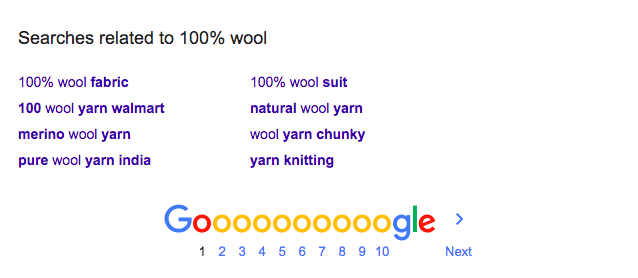
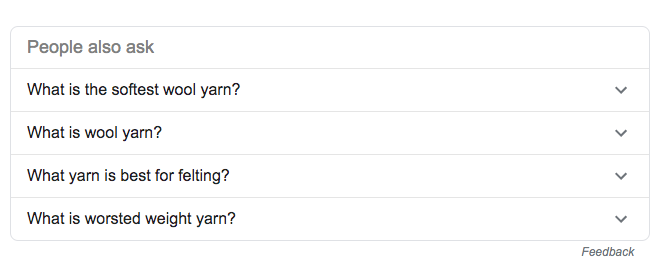
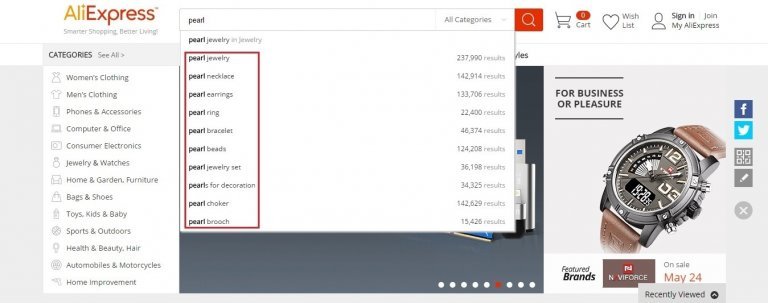
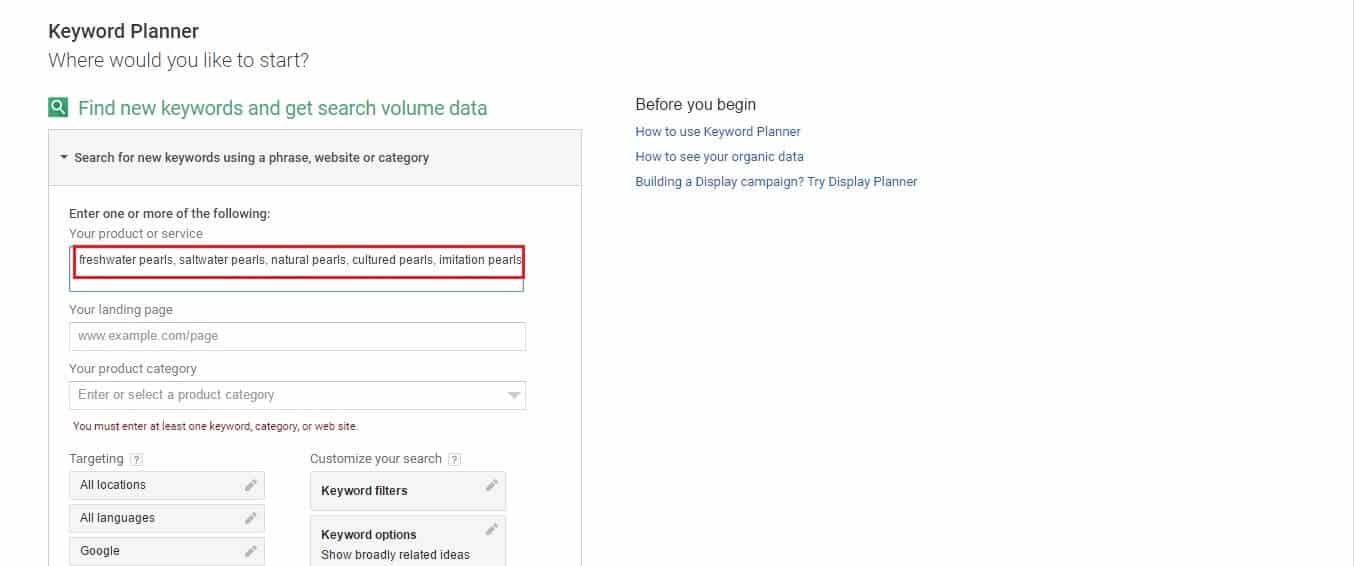
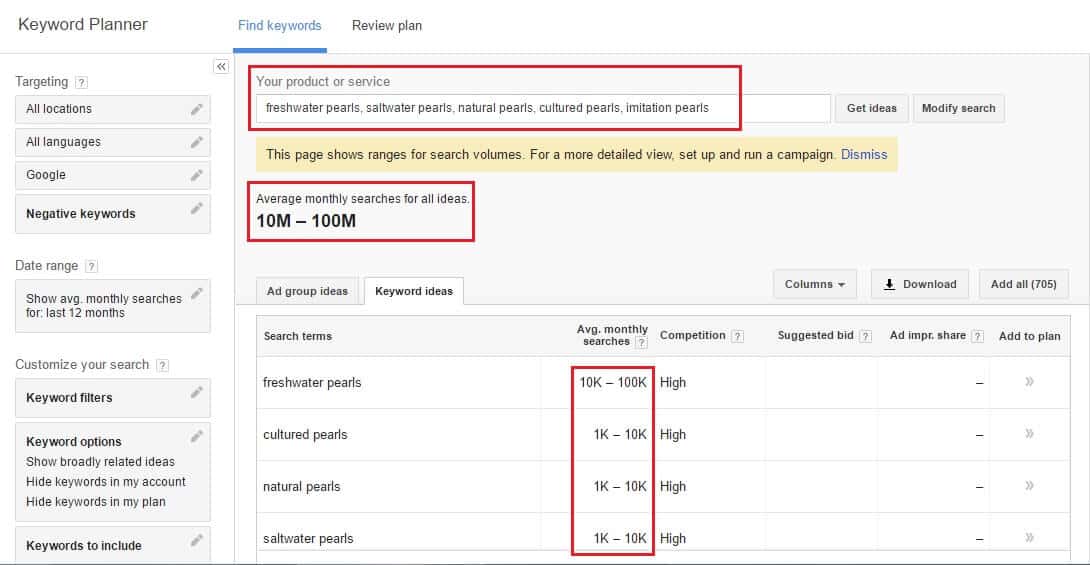
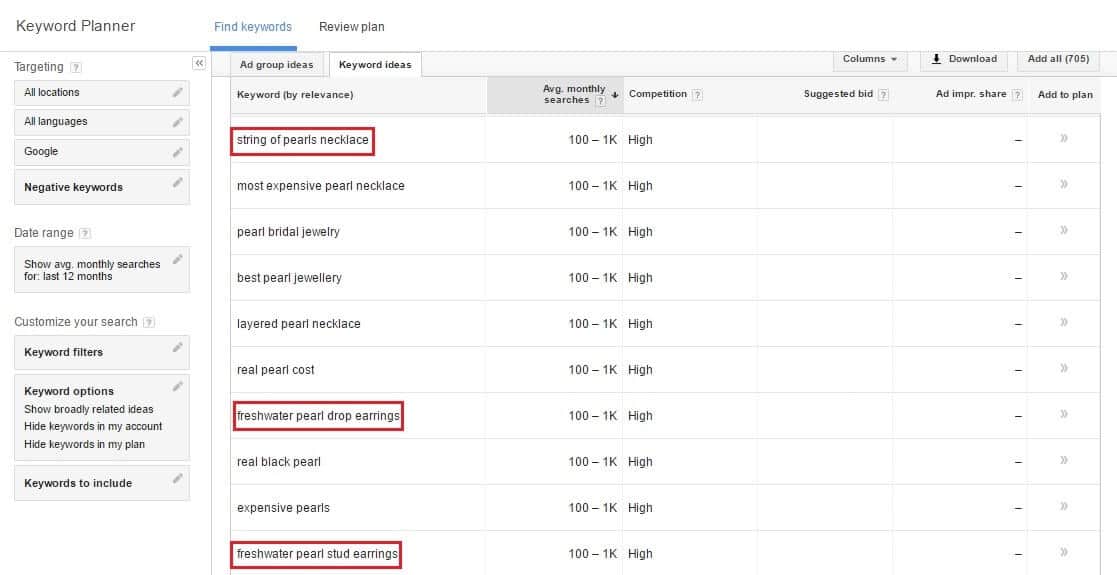
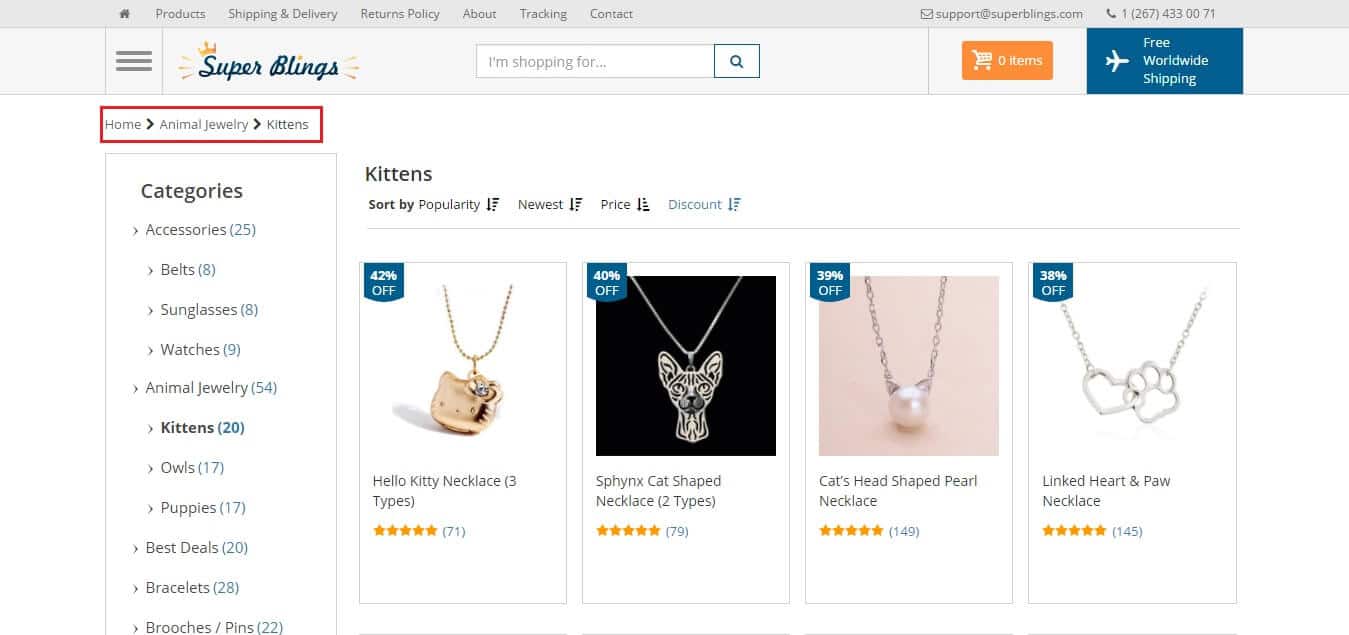




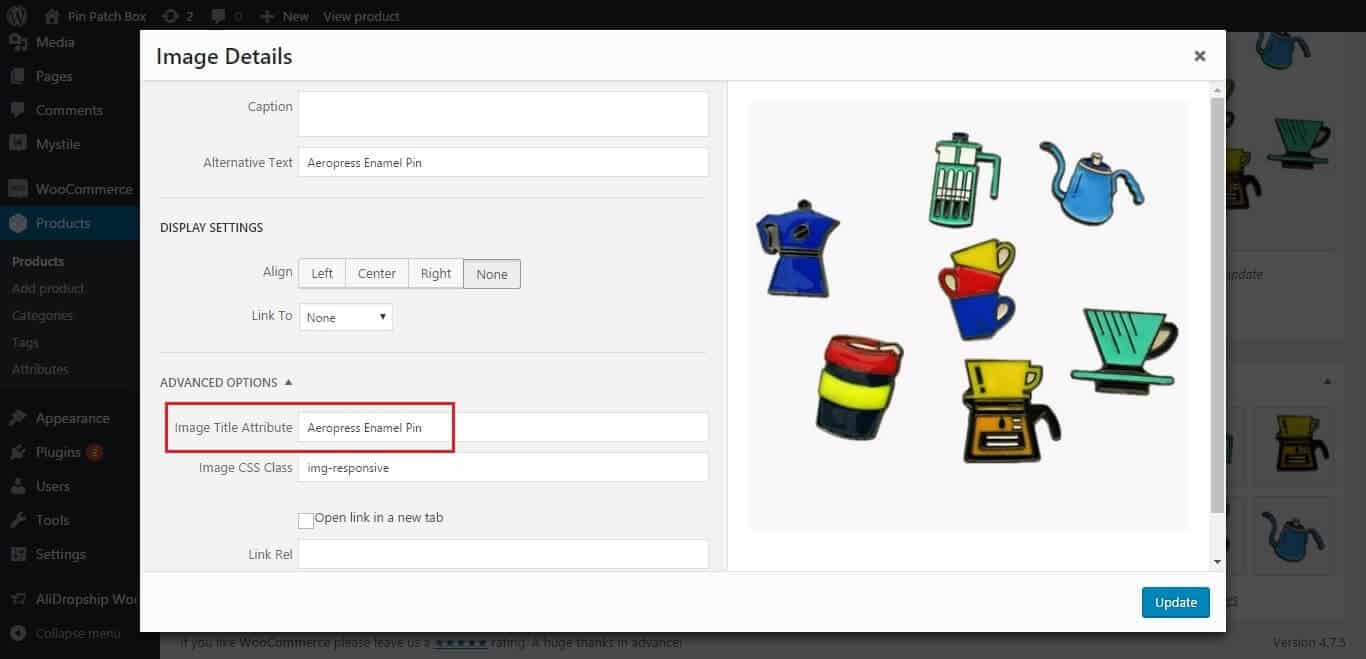
















I am interested to find out the technical aspect of building SEO
Can share with us 3 ways to build good quality backlinks?
I have been looking forward to open a online store soon! The content you posted is very helpful!
Thankyou
I am interested, i have ecommerce with your ali plugin
Hi Olga,
Great article…Here are a couple of tips from my experiences…
(1) SEO for AliExpress Images:
One ‘tool’ that I have found to be a time-saver is a WP plugin that bulk replaces the title, alt tag plus descriptions for all images you are using in your product pages…
It uses by default the title of the page (which you have changed as a part of making your site/product unique already)…It is called PB SEO Friendly Images…
The images you import often have a long title and make no sense, they may even have links back to the stores found on AliExpress…
This plugin takes care of that – fast…I am using it on the Woo version sites, and not sure yet, but I think it will work also for the ADS version themes (I will try and see if it breaks the sites)…
(2) Yoast or All In One SEO Plugins…
I use the free version of Yoast SEO plugin – there is a paid version and one for WooCommerce as well that will keep you up on what needs to be done and scores your pages (and by taking their suggested SEO actions your score or rating goes up)…Very useful (and free)…All In One is essentially the same…Depending on who you talk to, one or the other is better…
I have some sites with Yoast, (e-com) and some with All In One (IM sites)… I can’t see much difference, but I do prefer to use the Yoast for the e-com stores, for me, it is more useful and intuitive…
Either will give you a lot of advice on steps you can take…For instance:
(3) Categories and Sub-Categories.
To ease adding descriptions of all categories and sub-categories (good for SEO), I would suggest creating one template that can easily be cut and pasted (and then quickly changing out the keywords within the content for each category/sub-category)…
This can be done by getting a good score based on what that Yoast plugin is telling you, then cut and paste that content, make the changes, save and move to the next category/sub-category. A real time saver…
(4) More Professional Copy/Copywriting
Grammarly Tool – One of the things that I see when I import products and descriptions, etc. from AliExpress are numerous spelling, grammar, and even word choice errors. Grammarly is a neat tool that you can add to Chrome and it will catch all the errors and you can fix on the fly…
(5) Additional Content/SEO Opportunities
a. Product Page Tags – This is available on Woo themes, and is another chance to add in keywords for the page. I generally add in three and highlight quality, popularity, and the product name…With each, I point out some feature, etc.
b. Extra Tabs.
For additional SEO ‘juice’ I have added two more content related items to the Woo stores:
(1) An additional tab so I can have shipping & etc. information on every page (this is helpful and can keep people on the page longer perhaps) and…
(2) An additional tab for adding HTML5 – meaning I can have a video on the product page from YouTube (yet another great SEO tool!)…
Notes: Not sure if the video tab is possible with the ADS themes (I have not checked yet), but people like videos, so it is more than SEO, it is a way to get additional sales…The other tab I mention is already included for the ADS themes…
Last item for today’s comment (sorry so long):
c. Blog Posts.
I recommend creating and publishing content that is related to the niche and store. Include supporting videos and graphics (i.e. charts, images, explainer videos, etc.), and add in keywords and internal links to categories and products in your store.
This not only helps with SEO, it offers additional value for your store visitors…They will stay on your site longer and you have more chances to sell them, add them as a subscriber, etc. This tactic alone is a whole course, but believe me over time it is a cumulative step that will open your business to more free traffic and business…Well worth your time…
There is more as well, but perhaps these few tips will help people who stop by to get better results with their e-commerce venture! More attention to this important area of online sales (SEO) will pay off over time and can provide considerable traffic, conversions, etc.
Cheers!
Dave : )
Thx for ur sharing, Dave, so inspired!
Cheers!
Hi Dave
Thanks for your great comment. What do you mean by “ADS” also how can I get the products YouTube videos in case I want upload them?
Wow.. this is a good article. one thing I wanna ask… is it a must to have a domain name with .com ext?
I wanted to get one with .com but it is taken. How about .co, .org. net etc etc?
what is your opinion in this?
It is not a must to have a .com domain, however .com domains usually give more trust.
Wow! This is a helpful article, one thing I want to ask that what should be the domain extension? I tried to book a domain with .com extension but it is already booked. Please throw some light on this issue.
Thank you!
In this case, you can try a .co domain; also, feel free to look for some ideas in our article on domain names: https://work10.alidropship.com/how-to-choose-a-domain-name-for-dropshipping-website/
WOW. This really helped me. Please I will like to know more about technical aspect
Once again thank you Olga. For some of us that purchased the custom store, it will be more helpful, to state what more amendment for marketing purposes we need to do at the point of handing over the store to us instead of waiting for 2 to 3 months before educating us. Thank you
Yes, interested about finding the technical aspects of building an SEO.
Hi, thank you for your question! You will find more guidelines on technical SEO aspects here: https://work10.alidropship.com/tag/seo-for-drop-shipping/
I am interested to find out the technical aspect of building SEO
Hi, thank you for your question! You will find more guidelines on technical SEO aspects here: https://work10.alidropship.com/tag/seo-for-drop-shipping/
You may have well-researched and structured blog content material, but no better ranking is coming by way of.